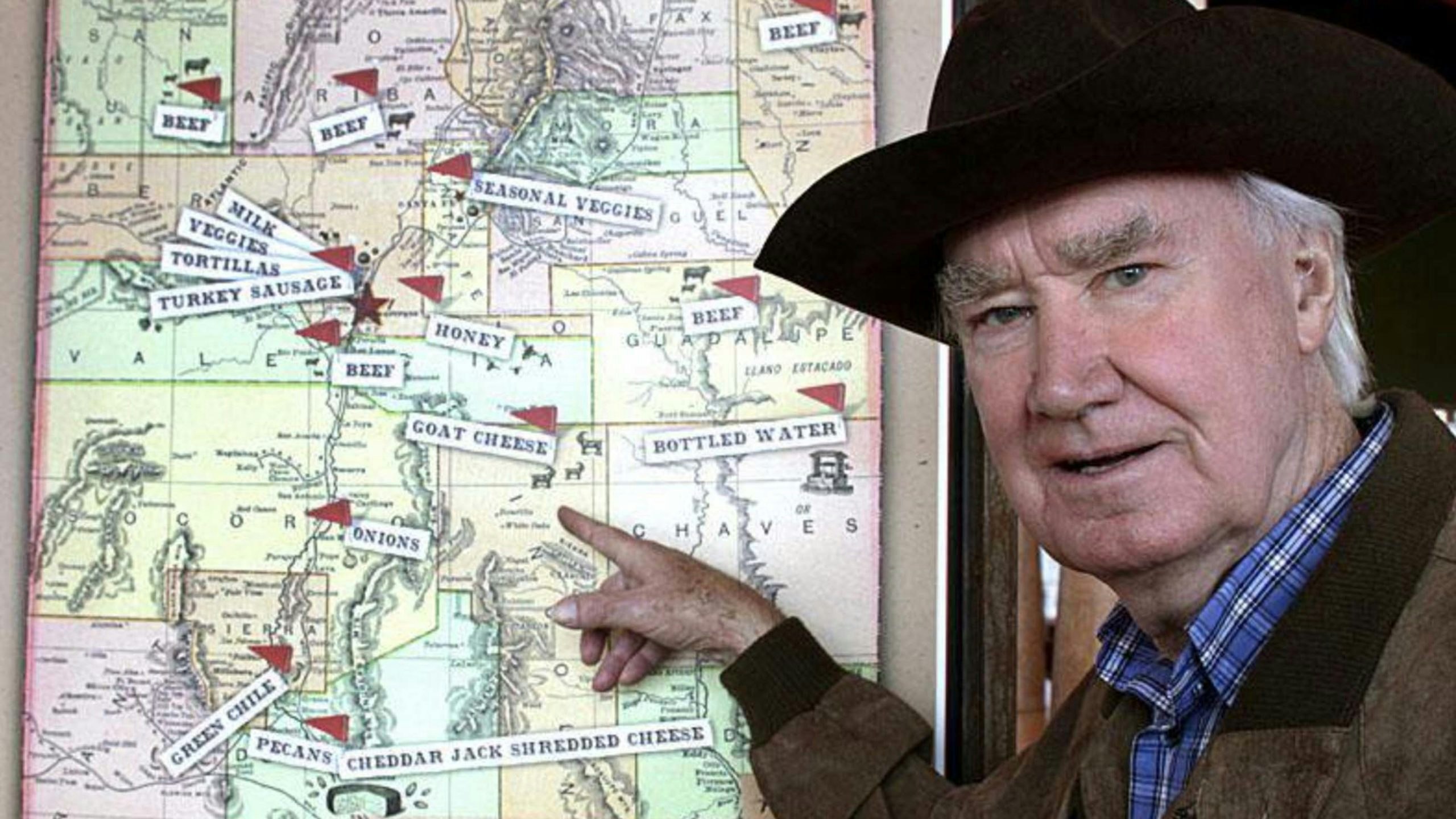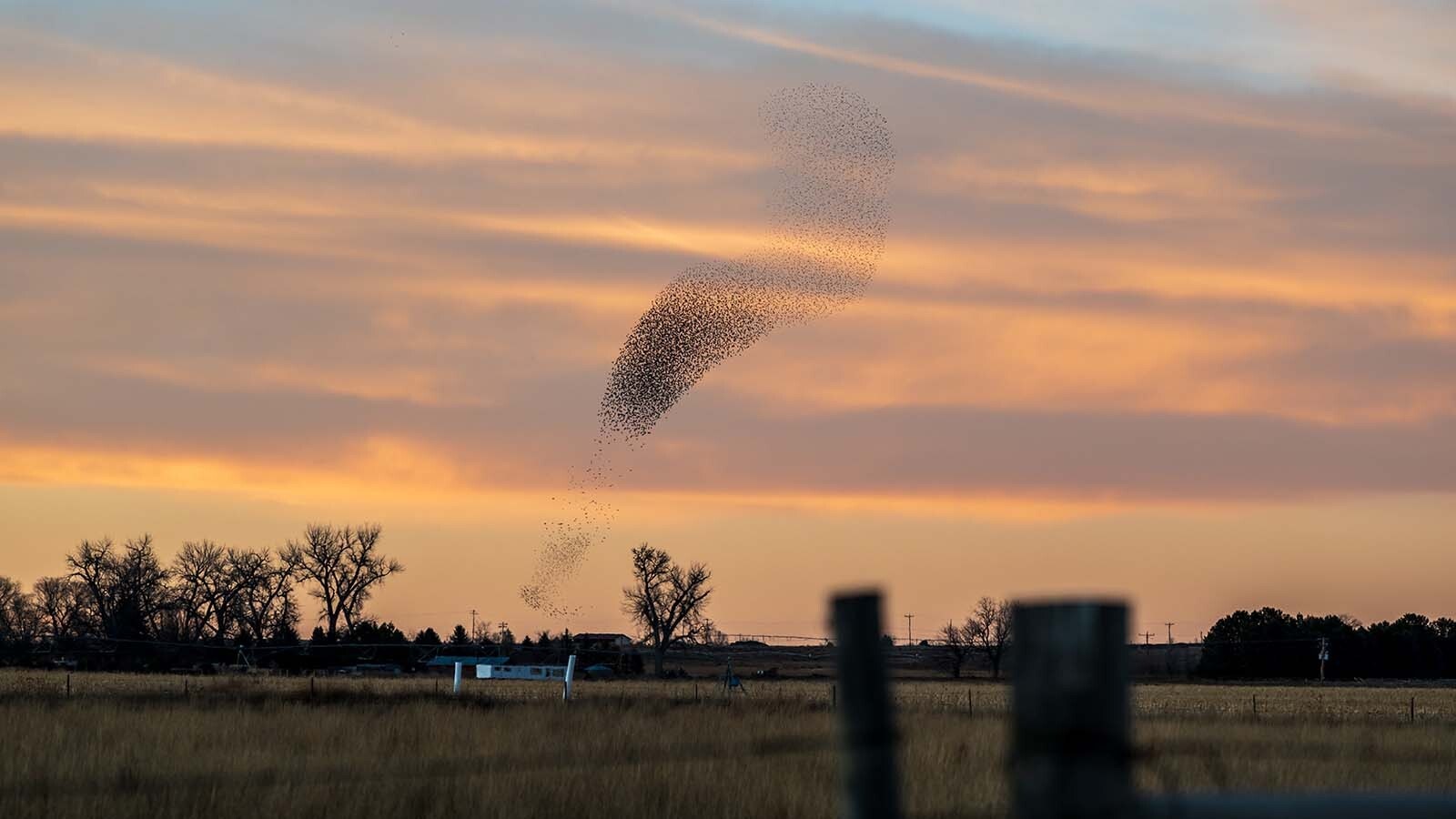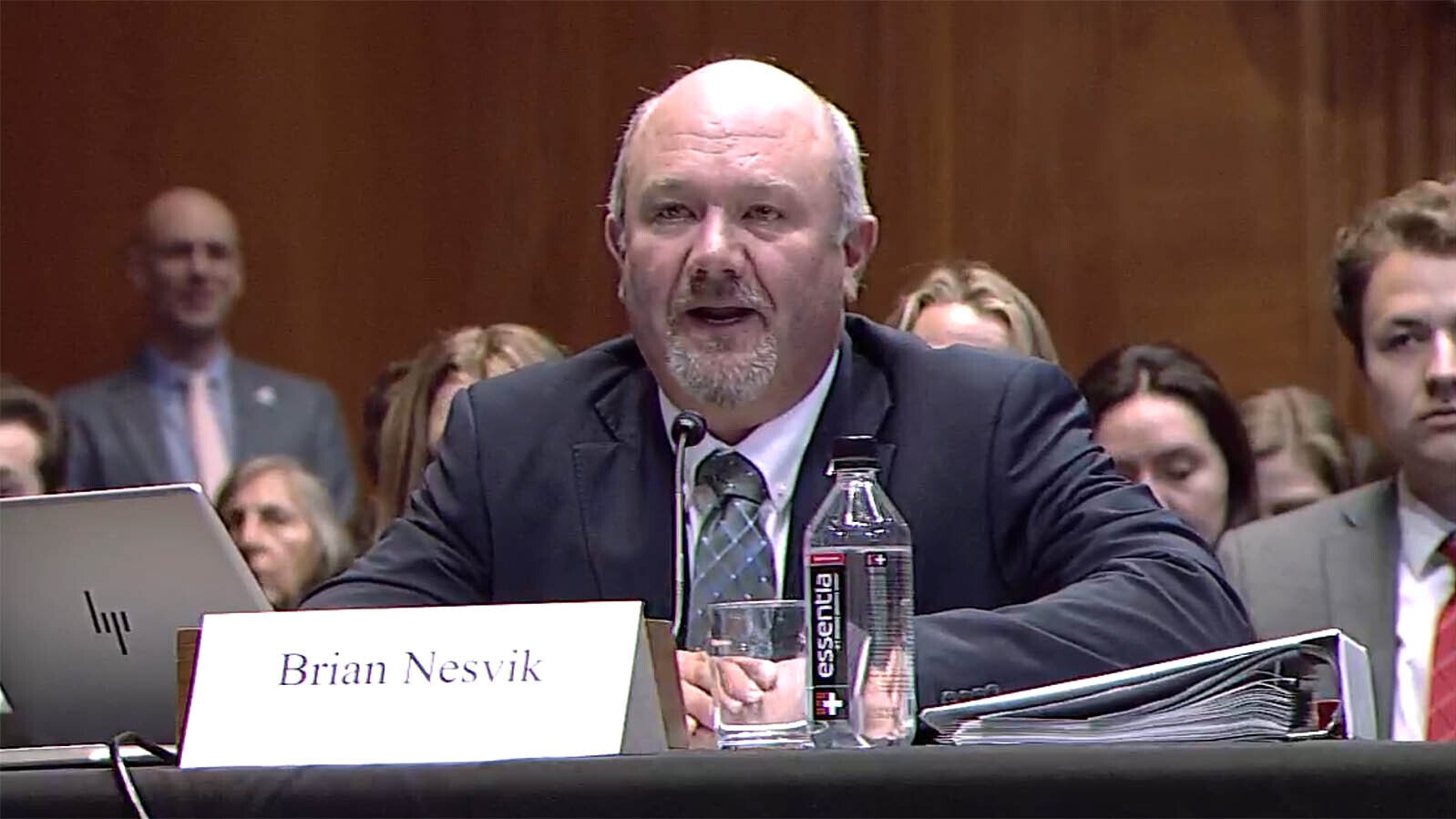A new batch of court documents filed in a New Mexico court have revealed that Forrest Fenn’s famed treasure was likely buried in Yellowstone National Park.
While not specifically naming Yellowstone, a document filed by the federal government in the New Mexico probate of Fenn’s will indicates the chief ranger for Yellowstone National Park went to an undisclosed location described by both Fenn and the finder of his treasure as the spot where it was buried.
In 2010, Fenn filled a chest with gold, jewels and other valuables and buried it somewhere in the Rocky Mountains. A poem in Fenn’s 2010 book “The Thrill of the Chase: A Memoir” included nine clues on where to find the treasure. Thousands of treasure hunters took part in searches for the treasure and five died in the process.
A Michigan man, Jack Stuef, discovered the treasure in June 2020, but has never revealed its exact location. However, Fenn, before his death a few months later in 2020, confirmed the treasure was found in Wyoming.
One of the people who searched unsuccessfully for the treasure, Jamie McCracken, filed a claim against Fenn’s estate.
The claim accused Fenn of moving the treasure on four separate occasions, each time as McCracken got closer and closer to finding it, according to the magazine “Outside.”
As part of the claim process, Stuef could be compelled in court to share the location of the chest when he dug it up, which the federal government wishes to avoid, according to a request it filed with the New Mexico court asking to get involved with the case.
“The (U.S.) Department of Interior is concerned that if specific information regarding the location were divulged, it would result in a significant increase to this area by persons still looking for the treasure site or otherwise seeking to visit the site for other reasons related to the Fenn treasure,” said the motion.
The motion said Stuef and Fenn, in separate interviews, revealed the location of the treasure chest to “government officials.” After that, Yellowstone Chief Ranger Sarah Davis visited the described scene, according to the filing and an accompanying declaration from her.
Davis described the area as not having any trails or infrastructure that could support increased visitation to the area that could result from the identification of the site.
“”Resource damage such as the creation of ‘social trails,’ littering and improper disposal of waste are a few of the expected consequences of increased visitation,” her declaration said.
Increased visitation could also threaten or damage bodies of water that are home to native fish species, Davis said.
Before his death, Fenn asserted he never disturbed the treasure after originally burying it and Stuef has reiterated that he found the treasure fairly by using clues provided by Fenn’s poem.
According to the National Park Service, any found property in a national park is supposed to be turned over to the park supervisor.





